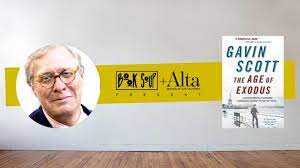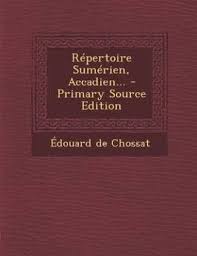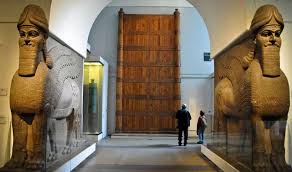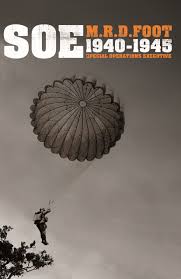Goodreads meta-data 320 pages rated 4.04 by 23 litizens.
Genre: krimi.
Verdict: Agent 001 at work.

In 1947 Hero has returned from the war to a life of privilege at an Oxford college, where he mopes and feels sorry for himself. He is an archeologist who specialises in the Middle East of, well, not pre-history but 4000 years ago is getting close. A friend of a friend puts moper in contact with a Foreign Office (FO) toff who has a Sumerian doodad from those ancient days. ‘Meh’ is Hero’s reaction. But wait, there is more, this FO toff is also getting threatening messages in Sumerien cuneiform that seem to be relate to that doodad. Did it take the Royal Mail 4000 years to deliver them? This conundrum briefly arouses moper from his melancholy self-absorption at least to footnote the texts from which the threats emanate. Scholars must always footnote.

Then the FO toff gets crushed (yes, crushed) on top of a Sumerien statue (one of the colossi) at midnight in the British Museum (BM). This wakes up moper. (That reference to the BM is what got my click for Kindle. Be warned there is very little of it.)
At the same time the Irgun tries to assassinate the British Foreign Minister on the street, perhaps having mistaken him for the Archduke Ferdinand. The Foreign Minister wants Hero to protect him since he has mistaken the Scots accent of his security detail for Sumerien. Can the plot get any thicker?

Yes, it can because while escorting the FM moper meets the sister of his lost love. You see, Lost Love thought he was already dead and so jumped to her own death, aided by the S.O.E. Code names Romeo and Juliet. (If you don’t know what the S.O.E. was, keep it that way.) He wonders ever so politely what his chances now are with sister. We all know where that is going to lead, even if he doesn’t.
There are so many back and side stories and lengthy expositions on everything from the naming of ships to the location of hotels of the ‘Did you know?’ variety. Did you know that seven kinds of wood were used for the paneling on the luxury ocean liner? There follows a list of each, its qualities, and application on the ship. This is one of many such trivial pursuit sidebars that slow the pace, distract the attention, blur the focus, and weary the reader. Our author obviously did an enormous amount of research into the period and was determined to put it all on the page. Gracious, get on with it.
Hero is a man of endless talents. He leaps from tall buildings, outwits all manner of thugs, repairs ships at sea, and I am sure he can fly – with or without – a plane in the next chapter. All of these accomplishments he owes to his S.O.E. training. Sure. Truth is S.O.E.’s real expertise was in getting its agents killed and its managers knighthoods.

On the bright side, the ambience is brought to life, the characters are differentiated, the two story arcs (Sumerien and Irgun) are tantalising, Hero – on the rare occasions when he is not introspecting – is credible. There are some really arresting moments, say when a dead boring academic lecture, goes all spooky. (I wish I had been able to do that!) Too often there is the trivia quiz about extraneous and irrelevant details.
Loose ends there are a few. At the end I still did not know how or why the first victim got on top the colossus in the British Museum, i.e., mechanically how did he get put there. Where was gravity when all that happened? Did it take the night off? As to why, well it did not matter in the end. The dwarf loomed large and then vanished. Is that what dwarves do? The origins of Mr Smith are unknown. Was he victim of a gassing in the trenches of World War I? How did this freak hide on the Queen Mary? Buy clothes? Use face recognition on the smart phone? Although it is the centrepiece of the beginning of the book there is never an explanation of the artefact’s theft from the lecture hall.
Crutches there are a few. I lost track of the number of times when Hero is contemplating the woodwork for the next trivia round, when a voice at his side interrupts his reverie. Gosh, he seems to have no instinct to warn of these impending intrusions, and would hence never survive as a quarterback. Yet later we learn that he can sense the presence of invisible enemies, and he can see in the dark. It’s the daylight, then, that blinds him.
In an afterword the author links many of the events to historical reality, too many for this reader to digest. The author seems to have been born with a keyboard on each hand because he has hundreds of writing credits in all manner of genres. This one is part of series.

